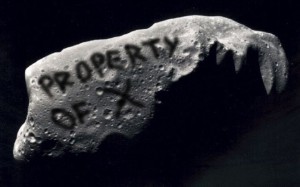Many of you will have seen the video of the meteor that exploded into the atmosphere above Russia last week, and I would just like to offer an overview of the event from a practical scientific prespective.
The meteor was about 15 metres across, and as such too small to detect. As we all saw though a meteor of this size can do extensive damage. It weighed about 7000 metric tonnes, travelling at 18 Km per second and exploded at a height of between 15 and 20 Km. This is pretty close to the ground if you think that an aeroplane flies at about 10Km and we are certainly not dealing with somewhere where nothing happens.
The force of the explosion was about 30 times that of the Hiroshima bomb, a pretty devastating blow by all counts. We should think ourselves lucky that it did not happen over a major city.
In 1908 in Tunguska also in Russia a much larger meteor hit. This one was about the size of the DA14 meteor that flew past Earth later on the same day last week, and it blew trees down over an area of about 2000 square Km. Once again it hit over Siberia so less damage than could have occurred, but if you think that the event of last week over Russia only threw out about 5% of the force of this one than we don’t need much imagination to envisage the possible catastrophe. Several photos are available around the net and I offer one above. There are also plenty of huge craters to see.
NASA have the Near Earth Program, and they have the mission of monitoring the many things that fly close to Earth.
It is not an easy job though as you might imagine, they use ground based telescopes so can only see something that is big enough to reflect enough light, and last week’s hit came directly in line with the sun, so practically impossible to see.
NASA has managed to identify 90% of near Earth asteroids that are more than 1 Km across, and something of this size might threaten life on Earth itself if it hit. There are more than a million near Earth asteroids however that are 20 metres across or more but very few of these have been identified and mapped.
The B612 Project is hoping to put a telescope into Space before 2018 that will be able to spot something of that size, but until then they will go largely unseen.
Keeping on a related topic last May I put a post up about asteroid mining, and recently the BBC has carried some updates on this project.
It is currently a 2 horse race, but it seems very speculative. And I remember a song about horses of this type.

